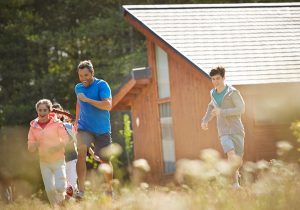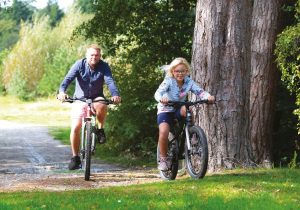
Nazca lines primary resource
Join us on a journey to South America to uncover the mysteries of these ancient drawings
This primary resource introduces pupils to the Nazca Lines of Peru. Learn all about the mysteries of these ancient geoglyphs. How old are the Nazca lines? What do they look like? How and why do scientists believe the Nazca people created these incredible drawings in the desert sand?
Pupils will learn all about the Nazca lines and the ancient people who made them in this National Geographic Kids History primary resource.
The teaching resource can be used in study group tasks for discussion about ancient peoples and places — and how through archaeological research, we can learn about the past. It can be used as a printed handout for each pupil to review and annotate, or for display on the interactive whiteboard for class discussion.
Activity: Get the pupils to draw a picture of their own ‘nazca lines’, as seen from an aerial view. They could choose their favourite animal/s, and use the images on our primary resource sheet to copy the style of these ancient drawings. To give more context to their work, pupils could carry out their own research and base their drawings on Peru’s native wildlife.
N.B. The following information for mapping the resource documents to the school curriculum is specifically tailored to the English National Curriculum and Scottish Curriculum for Excellence. We are currently working to bring specifically tailored curriculum resource links for our other territories; including South Africa, Australia and New Zealand. If you have any queries about our upcoming curriculum resource links, please email: schools@ngkids.co.uk
This History primary resource assists with teaching the following Key Stage 2 History objective from the National Curriculum:
- The achievements of the earliest civilizations – an overview of where and when the first civilizations appeared and a depth study of one of the following: Ancient Sumer; The Indus Valley; Ancient Egypt; The Shang Dynasty of Ancient China
- A non-European society that provides contrasts with British history – one study chosen from: early Islamic civilization, including a study of Baghdad c. AD 900; Mayan civilization c. AD 900; Benin (West Africa) c. AD 900–1300
This History primary resource assists with teaching the following Social Studies Second level objectives from the Scottish Curriculum for Excellence:
- I can discuss why people and events from a particular time in the past were important, placing them within a historical sequence
- I can compare and contrast a society in the past with my own and contribute to a discussion of the similarities and differences
Download primary resource
More Like

Win £500 worth of Forest Holiday vouchers!

Octopus facts

Watch: the Annie trailer!









LEAVE A COMMENT
THANK YOU
Your comment will be checked and approved shortly.
WELL DONE,
YOUR COMMENT
HAS BEEN ADDED!
COMMENTS
Cool
CUSTOMIZE YOUR AVATAR